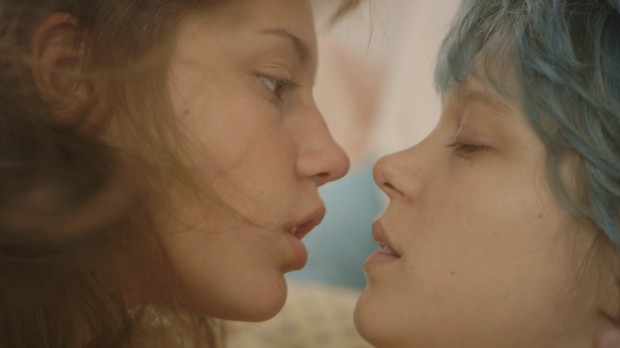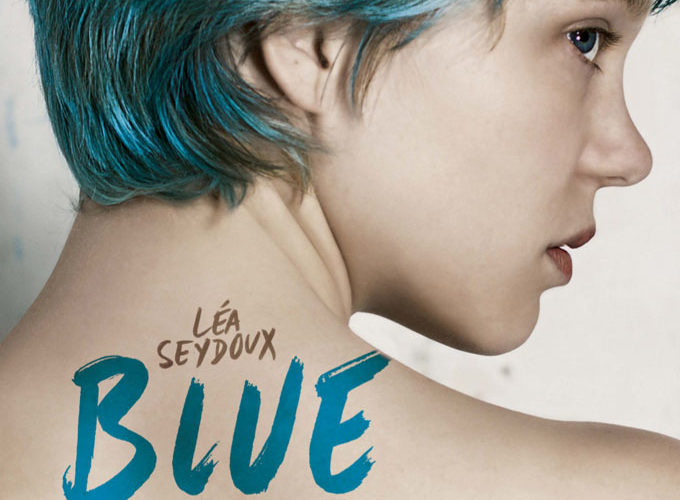One of the most talked about entries at this year’s Cannes Film Festival had exploded as somewhat of a surprise after its initial screening — and for fine reason. Blue is the Warmest Color (translated from La Vie D’Adele chapters 1 et 2) is a vivid portrait of the ever-changing seasons of love, from the first kiss to the final goodbye. Adapted from a French graphic novel Blue Angel and directed by Tunisian filmmaker Abdellatif Kechiche, it’s a film which chronicles the experience of an adolescent girl as she navigates life from high school and blossoms into a young adult with her first job as a kindergarten teacher. In between, she experiences the trials and tribulations associated with growing up, including dating and discovering your own sexuality. Treated with delicate care and nuanced details, Blue is the Warmest Color is one of the most sensually provocative and intimate films of the year, a work that is sure to resonate with audiences for some time to come.
The plot revolves around the life of Adele — played brilliantly by relative newcomer Adèle Exarchopoulos — whose routine life, at 15, consists of going to school and gossiping with friends about their crushes. At this young age, Adele doesn’t feel the need to question the norms of society: girls date boys and that’s that. But after hooking up with one of the most popular guys in school, she realizes there is something missing in this intimate equation. Her desires are absent in the face of what her classmates expect to be the perfect guy for her, confusing her own identity as, late at night, she contemplates what could be wrong. Everything changes when a chance encounter leads Adele to meet a blue haired girl Emma — given life by Léa Seydoux in a hypnotically enigmatic performance — who will change her life trajectory forever. As their relationship blossoms, Adele’s sense of desire is unleashed in the passionate moments they share together.

It’s difficult to discuss Blue without mentioning some scenes of intense and graphic lesbian sex that echo throughout. While it may be shocking for more conservative viewers, these moments of intense passion are essential for the film and a privilege for audiences — in their length, they allow viewers to explore levels of intimacy in an unprecedented manner. It helps define both characters’ connection to one another, and Kechiche is careful not to exploit these moments, instead letting the camera observe from a detached point of view. As Adele and Emma start to become a serious item, eventually moving in together, they face the problems and challenges that any couple face, straight or gay. In between conversations about philosophy and art (Emma is an accomplished painter), their mutual desire for one another further develops their personality, giving a rich and complete portrait to each woman’s life. Coupled with intimate directorial garnishes, such characteristics give a sense of jumping into the life of another; it’s a wonder to behold.
Themes of romance are treated with equal attention as those of breaking up, and the longing for someone you still have affection for is a palpable and relatable emotion to anyone who’s been hopelessly in love. Despite its three-hour runtime, the film never languishes in its pace, with a script that constantly keeps viewers drawn to characters as if they were brand-new. Reminiscent of the raw emotional power akin to the Dardenne brothers, there is also a layer of socioeconomic conflict paired alongside the emotional hurdles both Adele and Emma face. Kechiche’s direction is subdued yet penetrating, and it seems near-impossible not to be moved by both the joy and pain in Adele’s experience. Affecting and powerful in its portrayal of love, Blue is the Warmest Color is an epic ode to the enduring affection which overwhelms when we find that special someone.
Blue is the Warmest Color was awarded the Palme d’Or, and will be released later this year by Sundance Selects.

